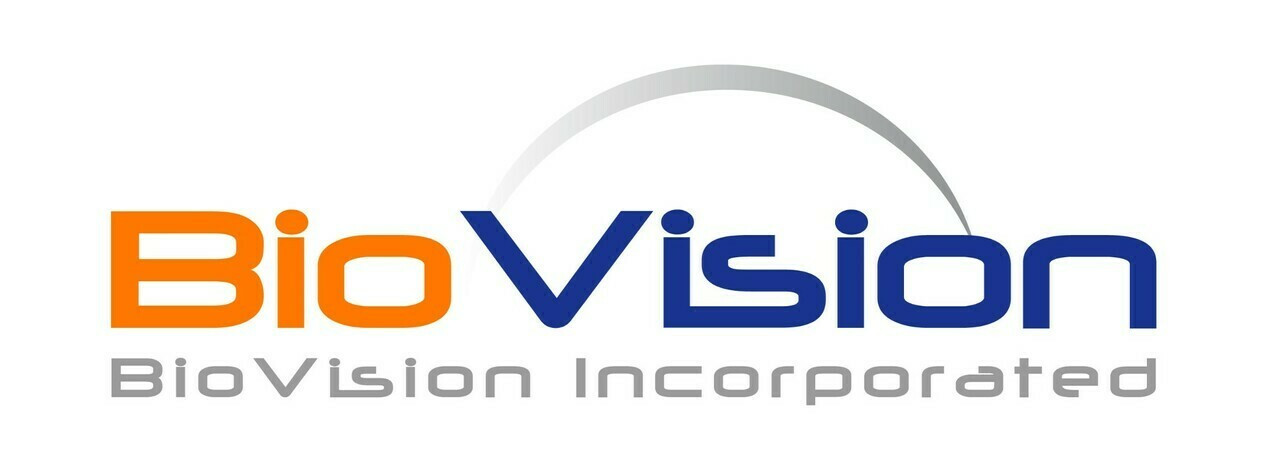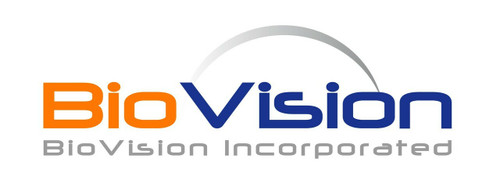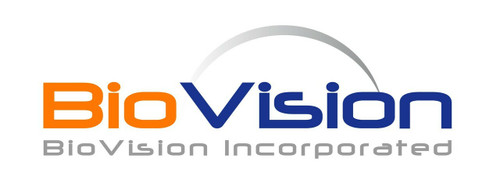Product Description
Cathepsin K, a member of the papain cysteine proteinase family is the predominant proteinase responsible for the resorption of the bone matrix. Cathepsin cleaves proteins such as collagen type I, collagen type II and osteonectin, thereby playing a role in bone remodeling and resorption in osteoporosis, osteolytic bone metastasis and rheumatoid arthritis (Bromme and Okamoto, 1995; Drake, F. et al 1996; Bossard et al, 1996). Cathepsin K is synthesized as an inactive proenzyme (35.1 kDa) that is converted to its mature active form (23.6 kDa) by proteolytic cleavage of its 99-amino-acid propeptide domain. The in-vitro processing of procathepsin K to mature cathepsin K is autocatalytic.
Biovision | 1026 | Procathepsin K, human recombinant DataSheet
Biomolecule/Target :Procathepsin K
Synonyms: CTSK, CTSO, CTSO3
Alternates names: CTSK, CTSO, CTSO3
Taglines: Predominant proteinase responsible for the resorption of the bone matrix.
NCBI Gene ID #: 1513
NCBI Gene Symbol: CATK
Gene Source: Human
Accession #: P43235
Recombinant: Yes
Source: E. coli.
Purity by SDS-PAGE: ≥95%
Assay: SDS-PAGE
Purity: N/A
Assay #2: HPLC
Endotoxin Level: N/A
Activity (Specifications/test method): N/A
Biological activity: The specific activity is >1000 mU/mg (1U = 1 umole/min/mg) as measured by Cathepsin K Activity Assay Kit (Catalog #K141-100)
Results: The specific activity is >1000 mU/mg (1U = 1 umole/min/mg) as measured by Cathepsin K Activity Assay Kit (Catalog #K141-100)
Binding Capacity: N/A
Unit Definition: 1U = 1 umole/min/mg
Molecular Weight: 35.9 kDa
Concentration: 1 mg/ml
Appearance: Liquid
Physical form description: 1 mg/ml solution in 25 mM Na2HPO4 and 500 mM NaCl (pH 7.0).
Reconstitution Instructions: N/A
Amino acid sequence: N/A
Handling: Centrifuge the vial prior to opening.
Usage: For Research Use Only! Not to be used in humans
 Euro
Euro
 USD
USD
 British Pound
British Pound
 NULL
NULL








